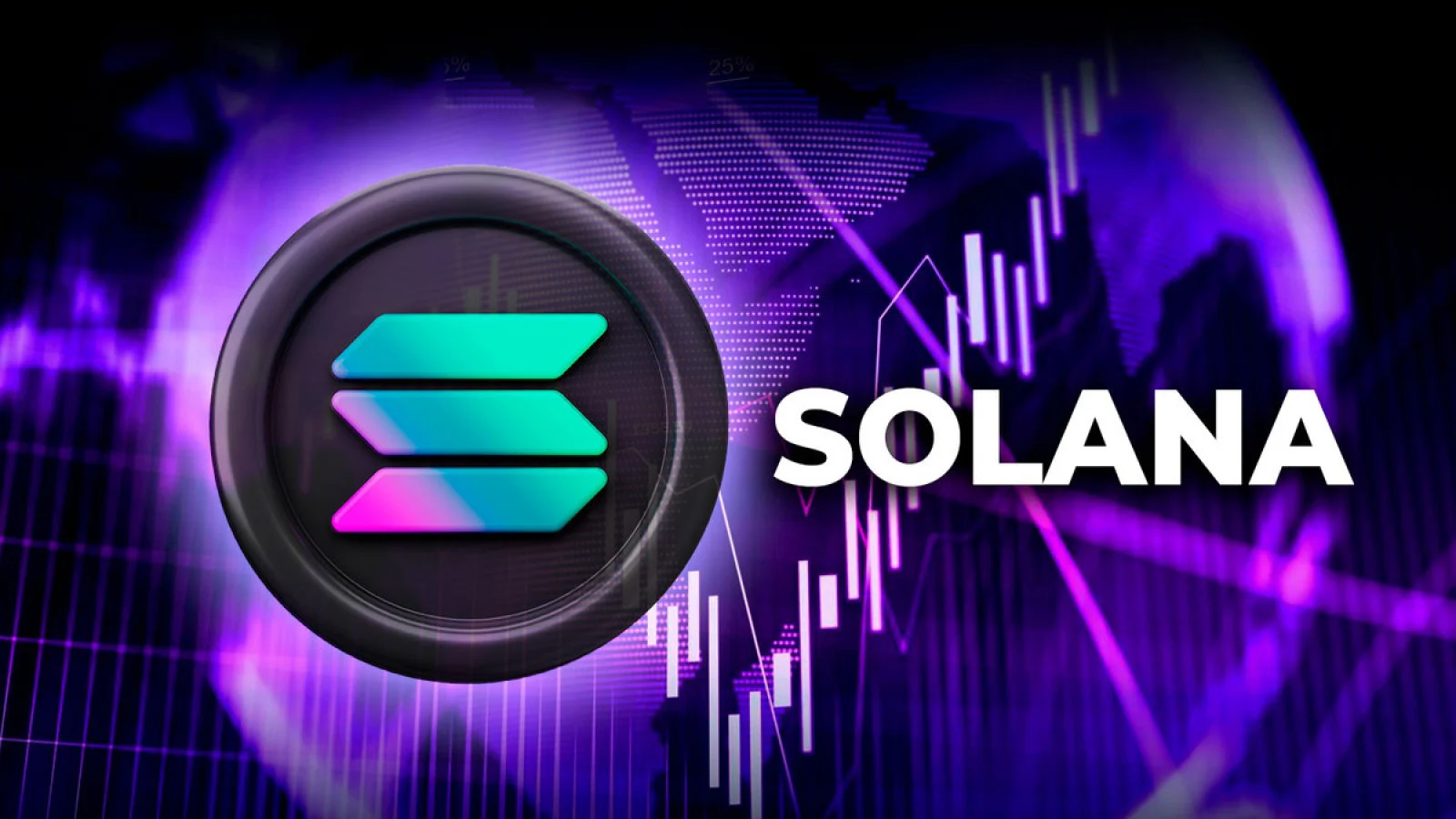In the ever-evolving landscape of cryptocurrencies,
Solana has emerged as a trailblazer, transcending its role as a blockchain
network to become a powerhouse in the realm of decentralized applications
(DApps) and the broader blockchain ecosystem. This narrative unfolds as a
testament to Solana’s dedication to scalability, speed, and fostering
innovation within the decentralized space.
Solana, founded in March 2020 by Anatoly Yakovenko,
represents a cutting-edge blockchain platform designed to tackle scalability
challenges prevalent in traditional blockchain networks. At its core, Solana
aims to provide a high-performance infrastructure for decentralized
applications and crypto projects.
Distinguishing itself from other blockchain networks,
Solana leverages innovative technologies such as Proof of History (PoH) and a
unique consensus mechanism known as Proof of Stake with Delegated Proof of
Stake (PoS+DPoS). These technological pillars contribute to Solana’s impressive
throughput and transaction speeds, setting it apart in the competitive
landscape of blockchain platforms.
Solana’s utility extends well beyond its role as a
conventional blockchain. With high throughput and low transaction costs, it has
become a preferred choice for developers and projects aiming to build scalable
and efficient decentralized applications. Solana has positioned itself as a
focal point for DeFi projects, NFT marketplaces, and various applications
demanding robust and swift blockchain infrastructure.
An interesting facet of Solana lies in its commitment
to fostering a dynamic ecosystem through strategic partnerships and
collaborations. The Solana Foundation actively supports projects building on
the Solana blockchain, providing grants, resources, and technical assistance to
accelerate development.
While Solana has garnered praise for its scalability,
it has not been without challenges. Questions about the network’s level of
decentralization have surfaced, with critics expressing concerns about node
concentration and potential centralization risks. In response, Solana has
articulated its commitment to increasing decentralization over time.
The security of the Solana blockchain, safeguarded by
cryptographic techniques and consensus algorithms, plays a pivotal role in
maintaining its integrity. As Solana charts its course through a dynamic
landscape, ensuring a robust security infrastructure remains a top priority.
Solana’s journey is punctuated by global adoption and
tangible use cases. The platform has witnessed a surge in popularity among
developers and projects eager to harness its high-performance capabilities.
Notable projects in decentralized finance (DeFi), non-fungible tokens (NFTs),
and gaming have found a home on the Solana blockchain.
The decentralized nature of Solana has facilitated the
creation of innovative financial instruments, decentralized exchanges, and
unique digital assets. Its ability to handle a high volume of transactions
without compromising security has made it a go-to platform in various sectors.
Solana’s impact extends beyond its utility within
specific applications. The platform’s technological innovations, including a
novel consensus algorithm and unique cryptographic techniques, contribute
significantly to ongoing discussions on scalability and efficiency in
blockchain networks.
Another noteworthy feature is Solana’s compatibility
with the Ethereum Virtual Machine (EVM), allowing developers to seamlessly port
Ethereum-based projects to Solana. This interoperability enhances Solana’s
appeal within the broader blockchain ecosystem.
As Solana continues its trajectory of growth, it
grapples with the challenge of maintaining a delicate balance between rapid
expansion, decentralization, and network security. The platform’s journey
involves addressing these challenges while staying true to its mission of
providing a scalable and efficient blockchain infrastructure.
Regulatory considerations also cast a shadow in the
cryptocurrency space, and Solana, like other blockchain networks, must navigate
these evolving landscapes with care. Adapting to regulatory developments will
be pivotal for Solana’s sustained success.
In conclusion, Solana’s narrative unfolds as a dynamic journey, from its inception as a scalable blockchain to its role as a hub for decentralized innovation. As Solana tackles the challenges of decentralization, security, and global adoption, its impact on the broader blockchain landscape remains profound.
Solana’s trajectory is marked by technological
ingenuity, a vibrant and expanding ecosystem, and a commitment to addressing
scalability concerns that have plagued traditional blockchain networks. In the
evolving cryptocurrency space, Solana stands as a testament to the potential of
blockchain platforms to redefine the future of decentralized applications and
digital finance.




